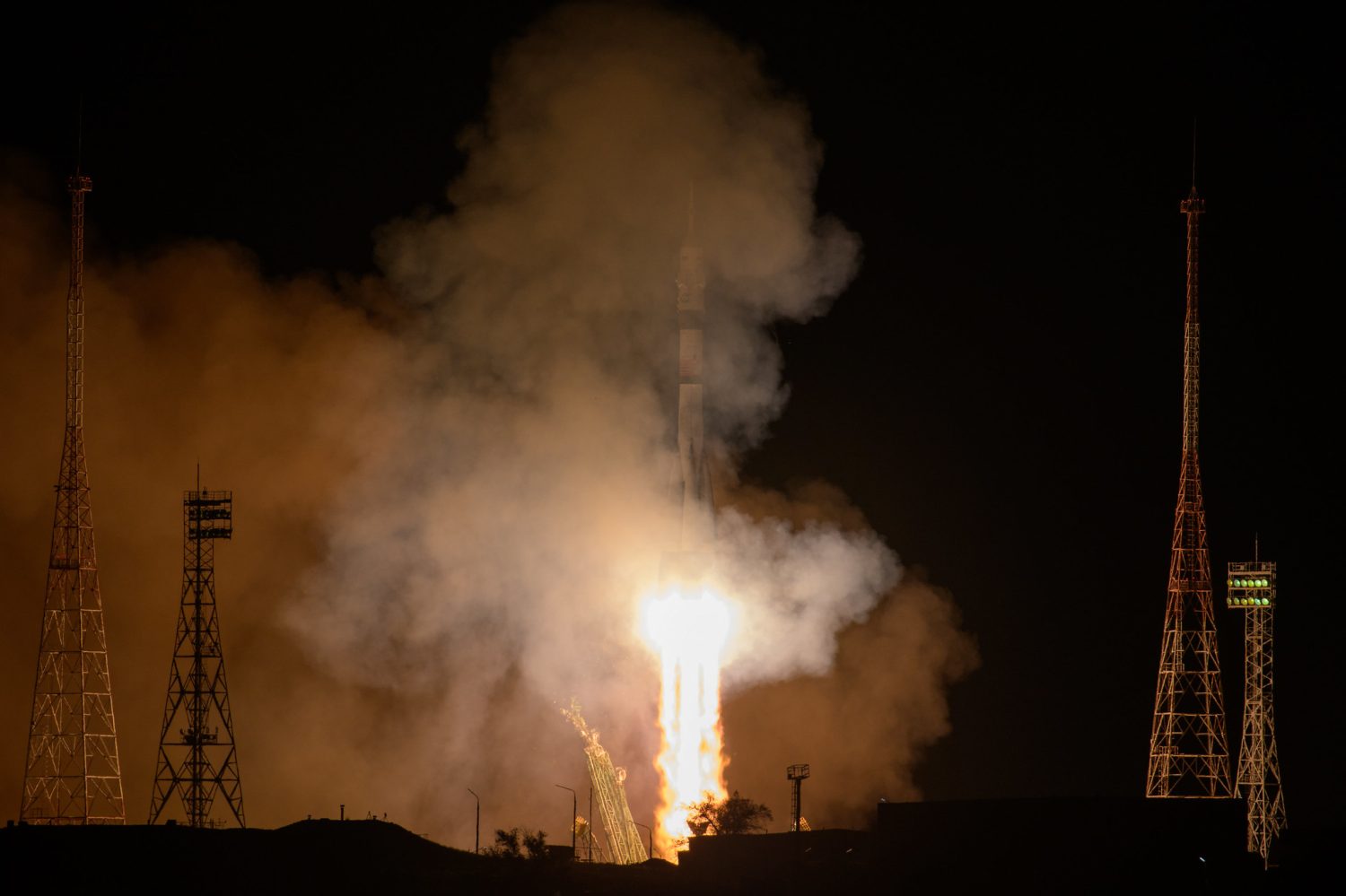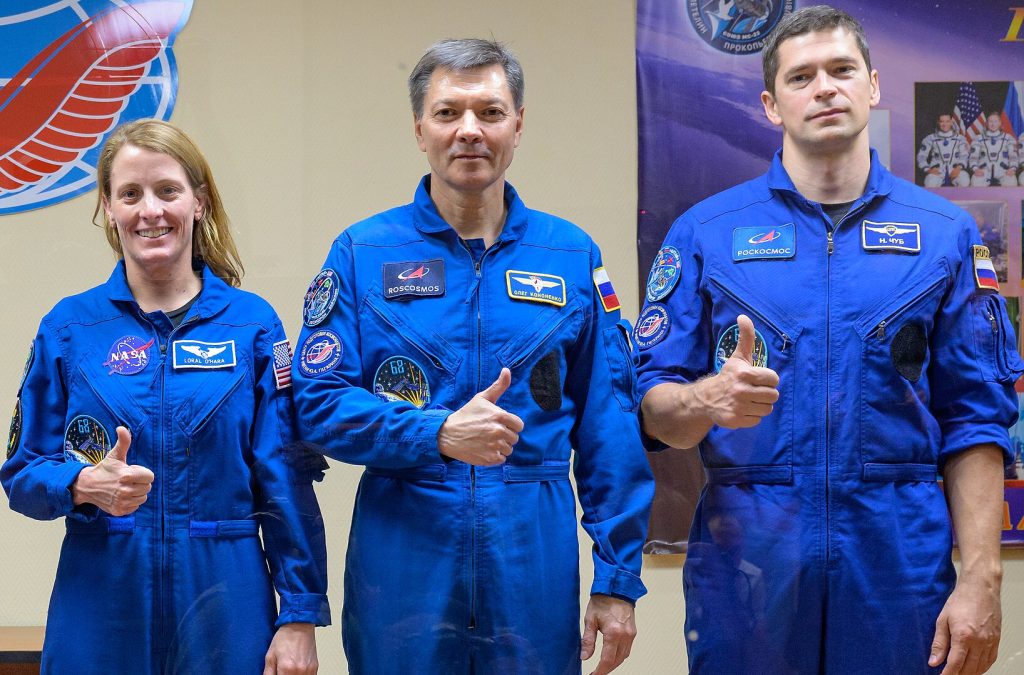
Last Friday morning a fresh crew of two Russian cosmonauts and a NASA astronaut lifted off from Kazakhstan and arrived at the International Space Station. While relieving three crew members on the station, it also marks the start of another year long stint in space for Russia.
MS-24 launches to relieve MS-22 after one year
After having their mission extended due to a coolant leak on their original Soyuz spacecraft, the crew of MS-22 is planned to stay on the station for 371 days. With their replacements now arrived on the station, Russian cosmonauts Sergey Prokopyev and Dmitri Petelin and record breaking NASA astronaut Frank Rubio are set to return on Soyuz MS-23 on September 27.
The three that are replacing them are Russian cosmonauts Oleg Kononenko and Nikolai Chub and NASA astronaut Loral O’Hara. The crew of MS-24 launched last Friday morning at 11:44 A.M. ET and then docked with the ISS at 2:53 P.M ET that same day. The three will join Expedition 69 until the 27th when they and SpaceX’s Crew-7 will transfer to Expedition 70.
Prokopyev will hand over command of the station to Danish ESA astronaut Andreas Mogensen.

While O’Hara stay on the station will last the normal six months, returning Spring 2024, Kononenko and Chub’s stay on station will match those of there predecessors at one year. To my knowledge this is the first back-to-back year long mission.
This is veteran cosmonaut Kononenko’s fifth spaceflight and has a total of 736 days in space before MS-23’s launch. Come early February, he will beat the record for most days spent in space of 878 days and in June he is expected to pass the 1,000 total days mark.
In order to facilitate O’Hara’s rotation with another NASA astronaut, Russia will launch MS-25 in the spring with Russian cosmonaut Oleg Novitsky, Belarusian cosmonaut Marina Vasilevskaya, and NASA astronaut Tracy Caldwell Dyson. Dyson will replace O’Hara and Novitsky and Vasilevskaya will transfer over to MS-24 for their return after a short stay on station.
Join our Discord Server: Join the community with forums and chatrooms about space!
Will one year flights become more common?
One year stints in space have been a rare occurrence. The longest we normally see are the regular six month expedition rotations on the ISS but we are currently being spoiled with double year long tours by the Russians.
However, with NASA and more nations looking toward the Moon and building a larger and more permanent pretense there, could one year stays be more normal?
Artemis lunar landing missions are planned to last roughly a month, long compared to Apollo mission but short by ISS standards. With NASA and private industry interested in eventually setting up permeant outposts on the Moon and Mars, are longer stays needed?
NASA hasn’t shared how its lunar space station, Gateway, missions will be set up. Unlike the ISS, travel time to the Moon is several days at best, not hours. But Mars missions will last years, although only about seven months at a time will be in space.
Long durations missions actually happen more than you think, however not in space. Here on Earth, analog missions study the procedures and psychological effects of long duration missions. Right now NASA is conducting a year long Mars simulated mission at Johnson Space Center called CHAPEA. Where four analog astronauts are pretty much locked inside a simulated martian base for one year.
The base was 3D printed using materials likely to be found on Mars and the crew will conduct science experiments, simulated EVAs, and more as NASA studies the effect of being in a confined space for so long.
Maybe we’ll see longer space missions as we continue to learn how spaceflight affects our bodies and prepare for Mars. But even more exciting will be seeing if any more astronaut beat that expected 1,000 days in space record when missions begin launching to the Moon and Mars.
FTC: We use income earning auto affiliate links. More.

Comments